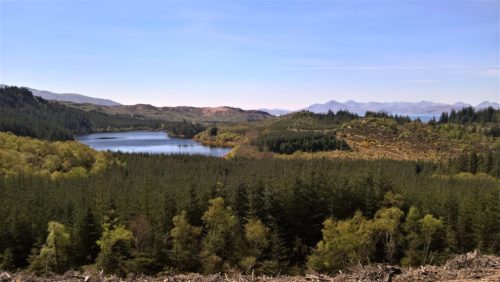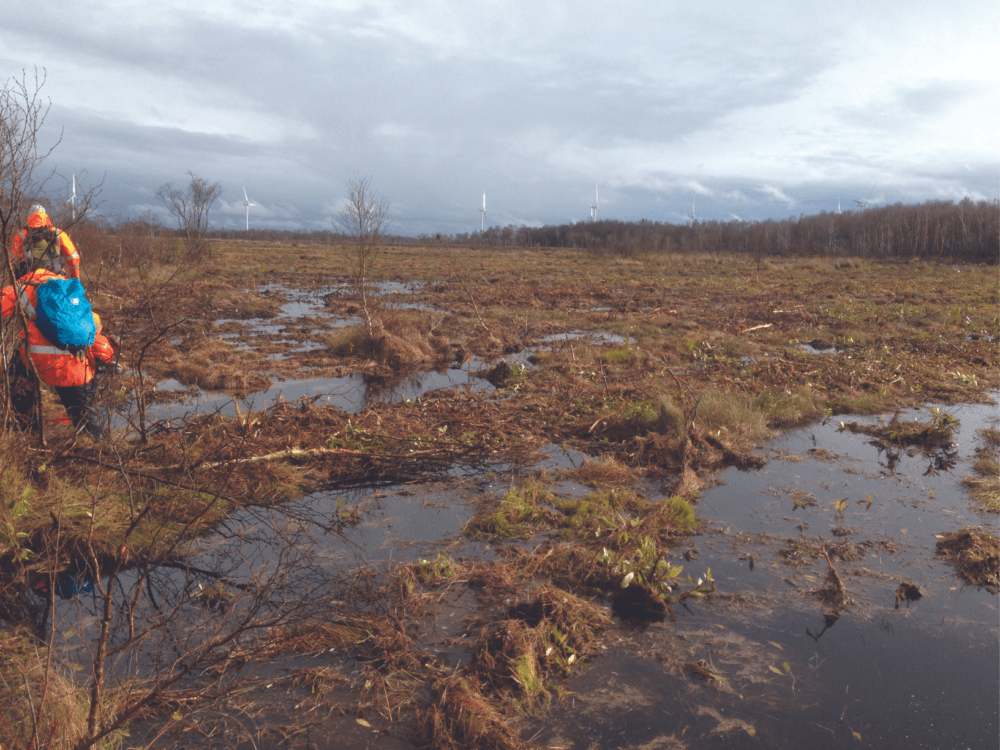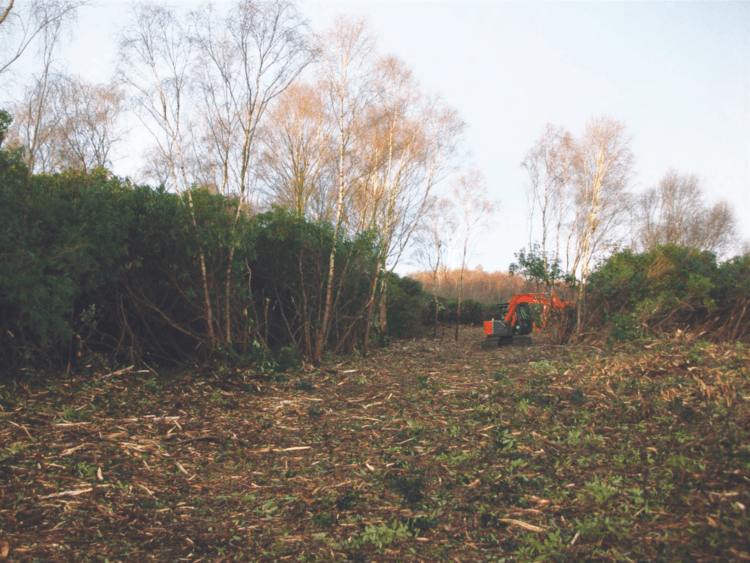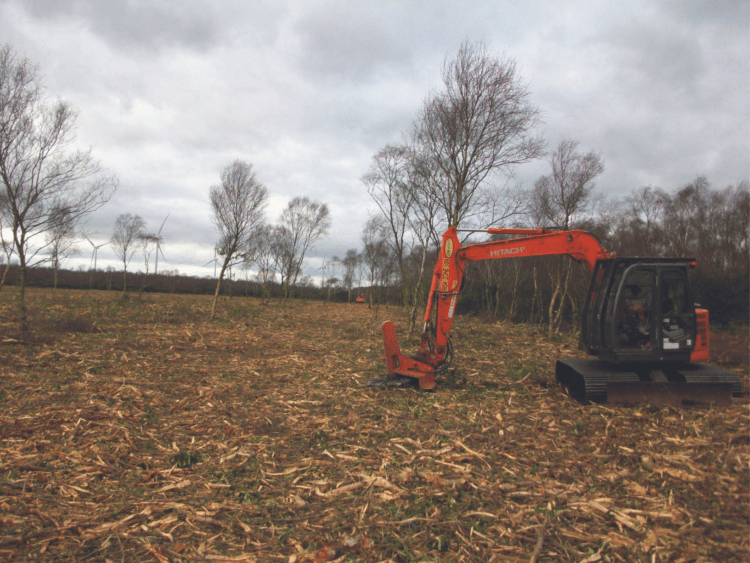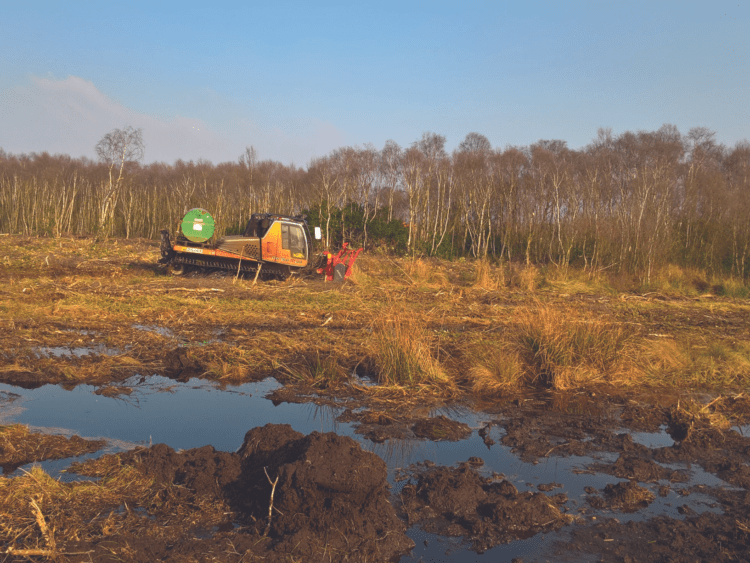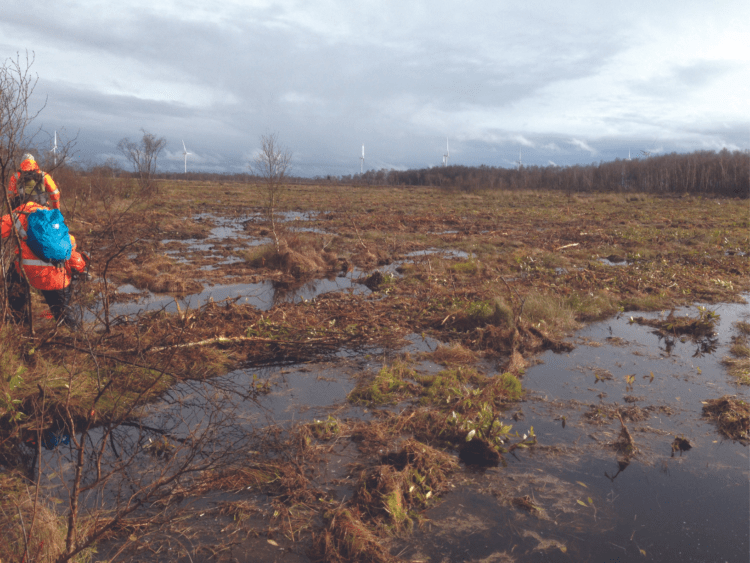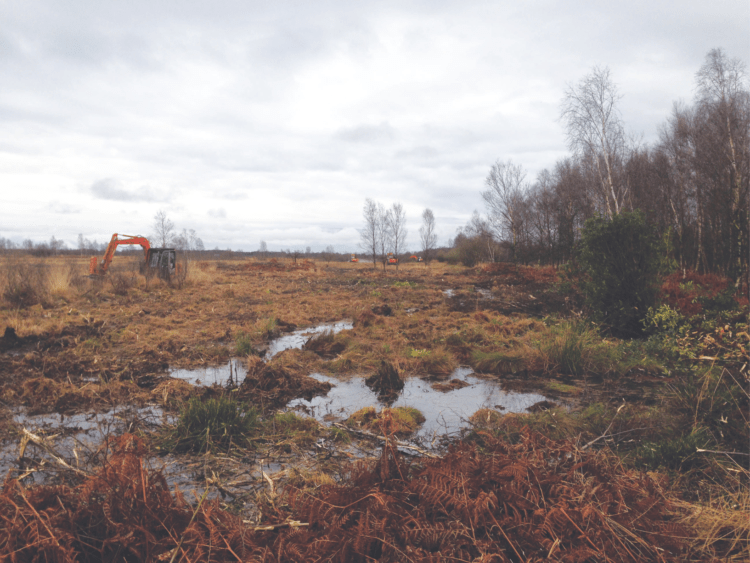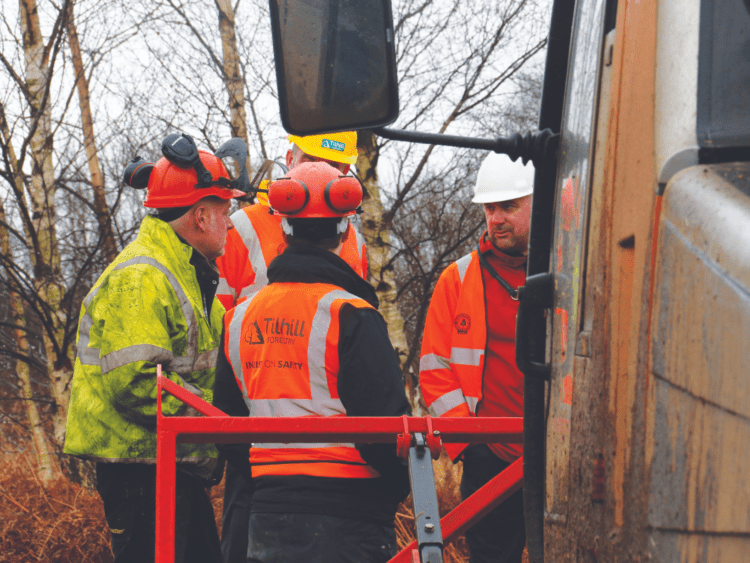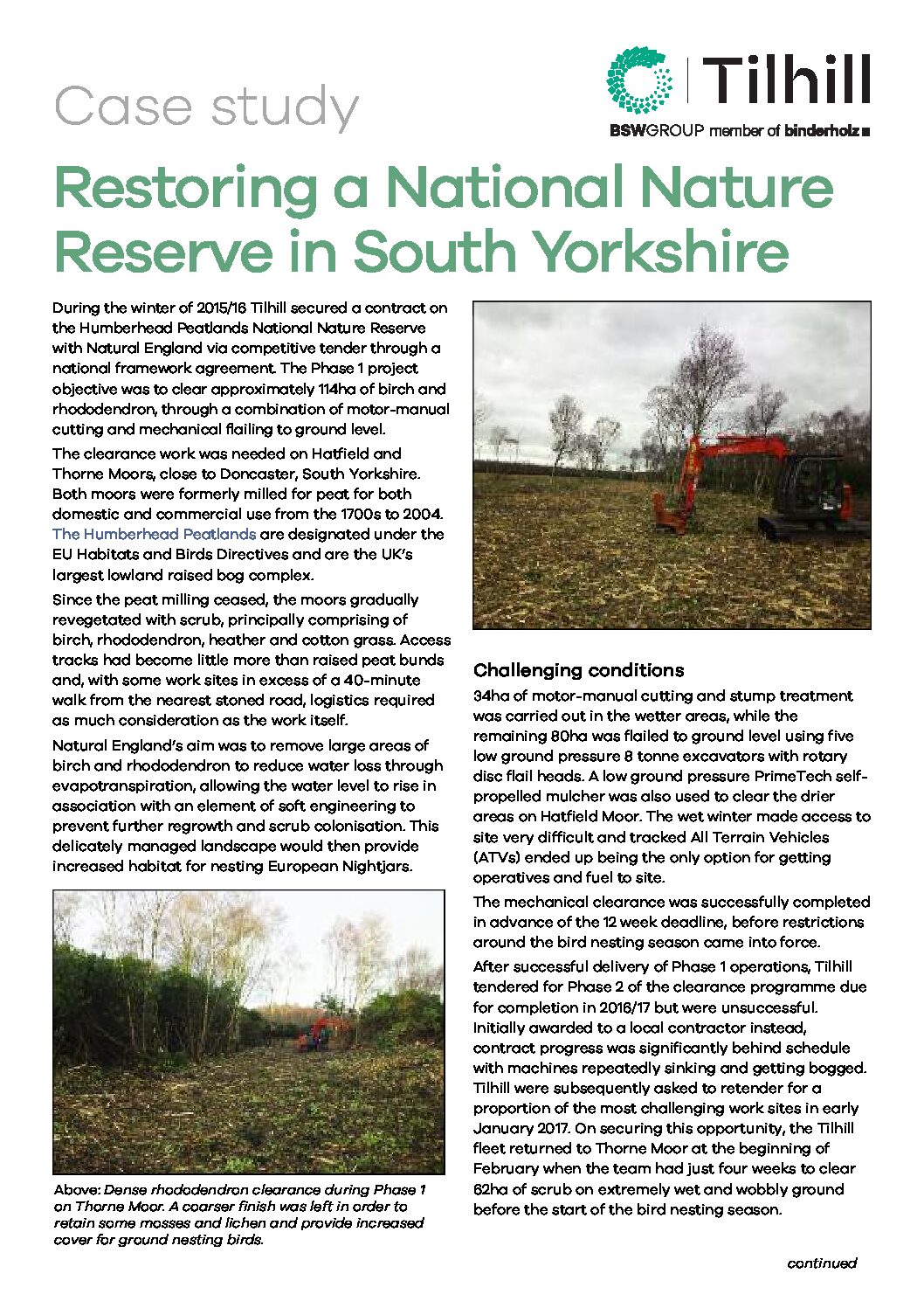This project helped to:

Maintain a part of our heritage

Increase habitat for nesting birds
Restoring a National Nature Reserve in South Yorkshire
The clearance work was needed on Hatfield and Thorne Moors, close to Doncaster, South Yorkshire. Both moors were formerly milled for peat for both domestic and commercial use from the 1700s to 2004.
The Humberhead Peatlands are designated under the EU Habitats and Birds Directives and are the UK’s largest lowland raised bog complex. Since the peat milling ceased, the moors gradually revegetated with scrub, principally comprising of birch, rhododendron, heather and cotton grass.
Access tracks had become little more than raised peat bunds and, with some work sites in excess of a 40-minute walk from the nearest stoned road, logistics required as much consideration as the work itself.
Natural England’s aim was to remove large areas of birch and rhododendron to reduce water loss through evapotranspiration, allowing the water level to rise in association with an element of soft engineering to prevent further regrowth and scrub colonisation. This delicately managed landscape would then provide increased habitat for nesting European Nightjars.
Challenging conditions
34ha of motor-manual cutting and stump treatment was carried out in the wetter areas, while the remaining 80ha was flailed to ground level using five low ground pressure 8 tonne excavators with rotary disc flail heads. A low ground pressure PrimeTech self- propelled mulcher was also used to clear the drier areas on Hatfield Moor.
The wet winter made access to site very difficult and tracked All Terrain Vehicles ATVs) ended up being the only option for getting operatives and fuel to site. The mechanical clearance was successfully completed in advance of the 12 week deadline, before restrictions around the bird nesting season came into force.
After successful delivery of Phase 1 operations, Tilhill tendered for Phase 2 of the clearance programme due for completion in 2016/17 but were unsuccessful. Initially awarded to a local contractor instead, contract progress was significantly behind schedule with machines repeatedly sinking and getting bogged.
Tilhill were subsequently asked to re-tender for a proportion of the most challenging work sites in early January 2017. On securing this opportunity, the Tilhill fleet returned to Thorne Moor at the beginning of February when the team had just four weeks to clear 62ha of scrub on extremely wet and wobbly ground before the start of the bird nesting season.
The right equipment
Low ground pressure excavators were again deployed alongside our subcontractor’s secret weapon – a bespoke conversion of a 430 horsepower ‘ultra-low ground pressure’ Snowcat, fitted with a 3m wide Ahwi mulching head. This machine was originally purchased and modified specifically with Phase 2 of the contract in mind.
With 1.4m wide tracks and a ground pressure of 1psi, the machine was able to quickly cover the large areas of sparser vegetation on ground which was even too wet for the excavators to travel. In fact, supervisory visits and safety inspections by Tilhill staff presented us with significant difficulties as the 9.5 tonne machine’s flotation capabilities proved far superior to those of a pedestrian with a waterproof clipboard!
Successful teamwork
The contracted areas (plus additional work areas subsequently requested) were successfully completed a day before the client deadline, primarily as a result of a ‘can do’ approach and forward thinking partnership between Tilhill and our approved subcontractors, including Treeclear UK Ltd who deserve special praise for sourcing, investing in and developing such unique machinery, Peter Lord Forestry Ltd and our hand-cutting teams led by Keith and George Fillingham.
As the principal contractor, Tilhill was able to successfully manage and coordinate contract delivery, ensuring quality, environmental and health and safety compliance while using multiple parties across challenging environmental conditions and site constraints. Good communications and great team work were the keys to success.
Contracts such as the Humberhead Project further enhance Tilhill’s reputation as a company that does what it says it will and, most importantly, helps expand our staff and subcontractors’ knowledge, skills and experience for the next time we are asked to deliver the ‘undeliverable’.
Maintaining a part of our heritage
The Humberhead Peatlands are part of the last remnants of a large wetland that occupied the floodplain of the Humberhead Levels thousands of years ago. They comprise of Thorne, Hatfield, Goole, and Crowle Moors and are designated as National Nature Reserves.
It represents the largest area of raised bog wilderness in lowland UK at 2,887 hectares in size. Lowland raised bog is one of western Europe’s rarest and most threatened habitats. Around 94% of this unique habitat has been destroyed or damaged in the UK.
Tilhill offers a complete peatland restoration service. Our qualified and experienced forest managers can undertake every aspect of caring for your property. Get in touch today using the contact form below.
Back to all case studies
